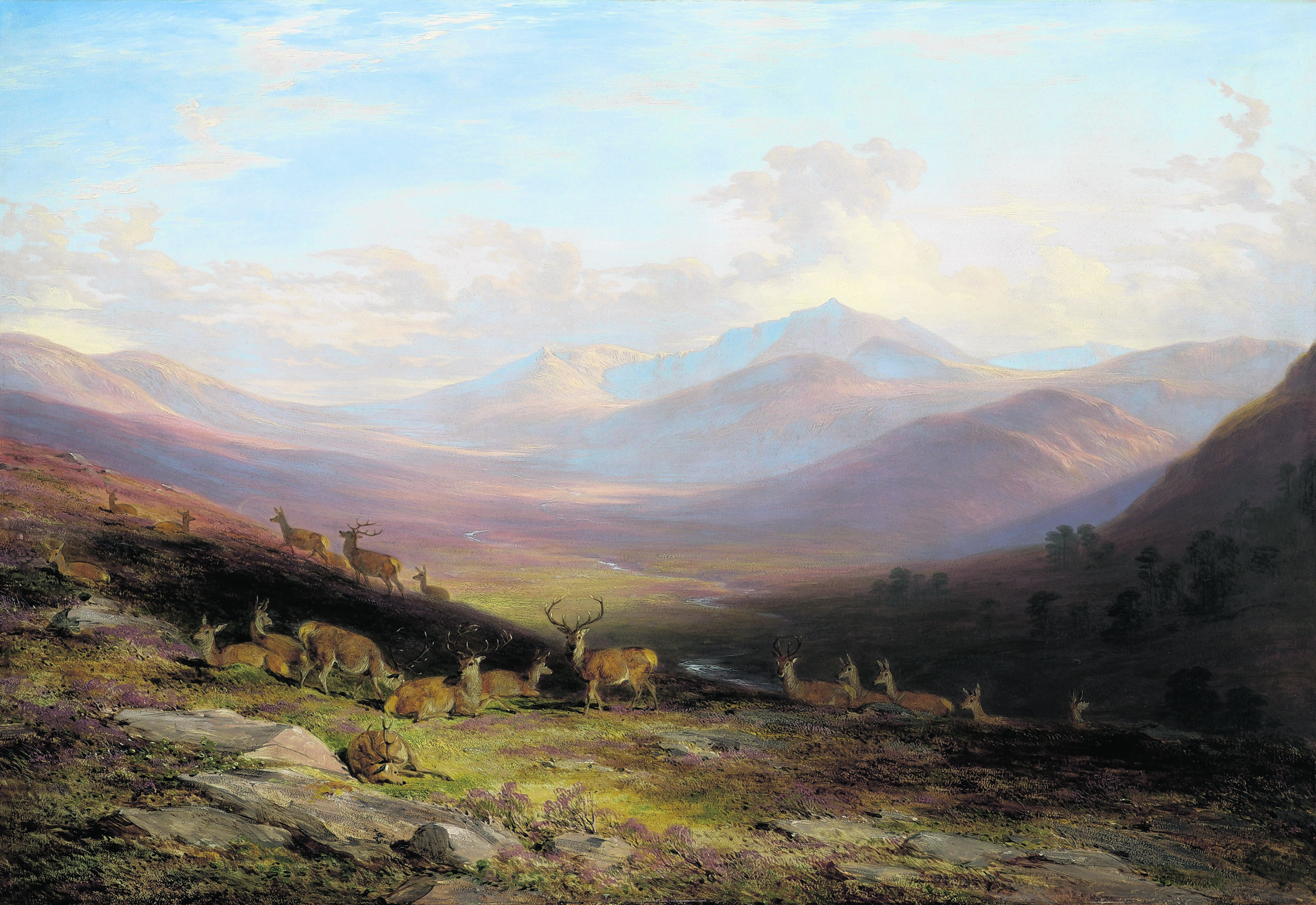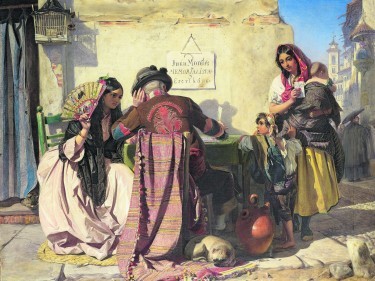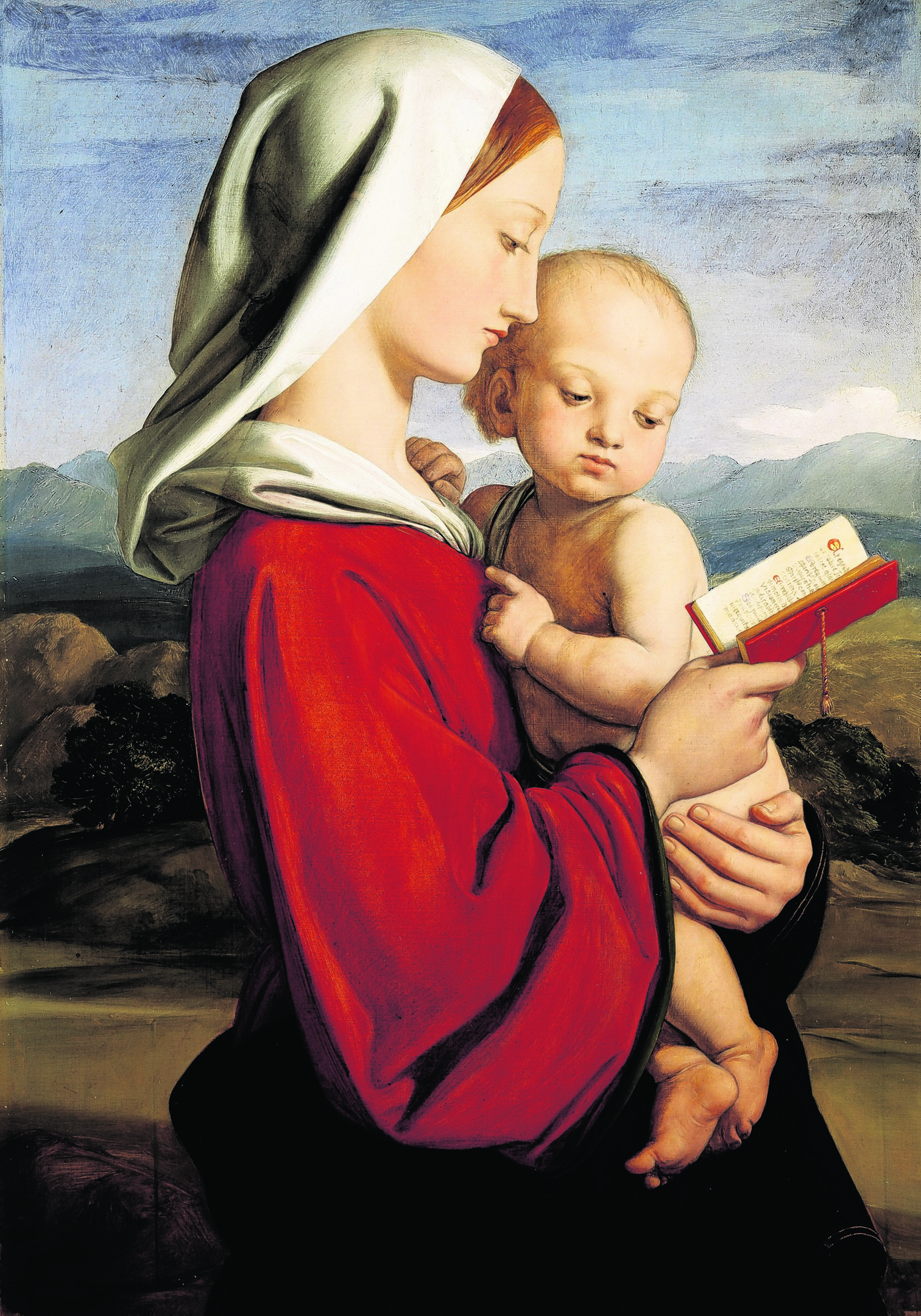Deborah Clarke, senior curator at Royal Collection Trust, reveals the stories behind some of Victoria and Albert’s favourite paintings and their Aberdeen connections
Queen Victoria and Prince Albert had a great love of Scotland and were also enthusiastic and discerning patrons of art who felt a strong attraction to the work of Scottish artists. Three of the painters whose art they collected with interest were from Aberdeen: James Giles, John Phillip and William Dyce.
Visits to Scotland in the 1840s convinced Queen Victoria and Prince Albert of the desirability of acquiring their own home in the Highlands and in 1848 they took on the lease of the Balmoral estate on Deeside. Views of the old castle by James Giles, shown to the royal couple, persuaded them to take on the lease without inspecting the property.
Queen Victoria was delighted on first sight and wrote: “The scenery all round is the finest almost I have seen anywhere. It is very wild and solitary and yet cheerful and beautifully wooded.”
James Giles, who began his career as a painter of snuff boxes, worked for several Scottish landowners as a painter of views and the Queen commissioned him to paint two views of Balmoral and Lochnagar as Christmas presents for Prince Albert.
Giles’s scenes, which capture the grandeur of the autumnal landscape on the estate, were well received and he was asked to paint views of the surrounding area, as records of happy expeditions made to places such as the Dubh Loch and the Ballochbuie forest. The Queen was very specific about the viewpoints, which Giles did not always think most suitable, but he wryly observed: “Royal orders must be obeyed.”
Queen Victoria’s favourite Scottish painter was undoubtedly John Phillip, the son of an Aberdeen shoemaker, whose vivid and colourful scenes of Spain led to him being known as Phillip of Spain. Phillip’s art was transformed by visits made to Spain in the 1850s. His vibrant Spanish street scenes met with universal acclaim and were brought to the attention of Queen Victoria. She was delighted by the “very clever and talented sketches and studies, of Spanish gipsies”.
The Queen and Prince Albert went on to acquire four pictures of Spanish subjects by Phillip, all given to each other as Christmas presents. One was The Letter Writer of Seville, in which Phillip accurately depicts the local atmosphere with the use of glowing colours in a scene bathed in brilliant sunlight. When Phillip died of a stroke in 1867, the Queen mourned “the death of our greatest painter”.
The Scottish artist who found particular favour with Prince Albert was William Dyce, whose father was a lecturer in medicine at Marischal College, Aberdeen. Dyce studied in Rome and worked as a portrait painter in Edinburgh before moving to London. His work owed a debt to early Italian Renaissance painters whose art he saw in Italy. Prince Albert, an admirer and collector of Italian art, found Dyce’s work very much in tune with his taste.
In 1845, he purchased Dyce’s Madonna and Child in which the influence of Raphael is clearly seen in its clean lines and clear colours. This was recognised by Queen Victoria, who described it as “so chaste and exquisitely painted” and made a pastel copy of the picture.
The prince was delighted and asked Dyce to paint a companion picture of St Joseph, which he considered even finer. Both Dyce and the prince also shared a concern for the public role of art in society and often enjoyed conversations on artistic matters.
The careers of these three very different painters from Aberdeen benefited greatly from the interest shown in their art by Queen Victoria and Prince Albert, who had such a fascination with the work of artists from Scotland.
The work of these three artists form part of a beautiful exhibition entitled: Scottish Artists 1750-1900: From Caledonia to the Continent, which can be viewed at The Queen’s Gallery, Palace of Holyroodhouse, Edinburgh, until February 7, 2016. Contact: www.royalcollection.org.uk


